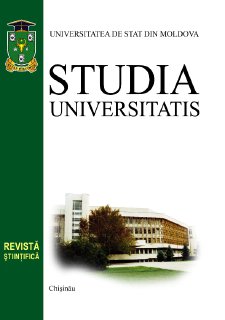RESILIENCE OF SUNFLOWER CROP UNDER BIOTIC STRESS CONDITIONS
Maria DUCA, Steliana CLAPCO, Daniela ELENCIUC, Centrul de Genetică Funcțională, Universitatea de Stat din Moldova
Abstract
Orobanche cumana Wallr., commonly known as sunflower broomrape, is a parasitic plant that severely affects
sunflower (Helianthus annuus L.) crop, causing significant production losses worldwide. This plant attaches to sunflower roots, extracting nutrients and water, leading to stunted growth and reduced seed yield. Traditional control
methods, such as crop rotation and the use of genetically resistant sunflower varieties, have proven insufficient due
to the adaptability and evolution of the parasite. Advances in molecular biology and genomics, such as the use of
molecular markers and next-generation sequencing, facilitate the identification of qualitative and quantitative resistance genes (marker assisted selection), as well as gene pyramiding, supporting the development of resistant hybrids.
Emerging technologies such as CRISPR-Cas9 and RNA interference offer promising opportunities for creating more
resistant sunflower genotypes. In addition, artificial intelligence and machine learning algorithms improve the efficiency of selection programs. This multidisciplinary approach is essential to control parasite and ensure sustainable
sunflower production. Present review aims to summarise current knowledge and research gaps in methods to control
broomrape and to develop resistance against parasitic plants.
Keywords: Breeding, Broomrape, Orobanche cumana, Molecular tools, Sunflower, Races.


